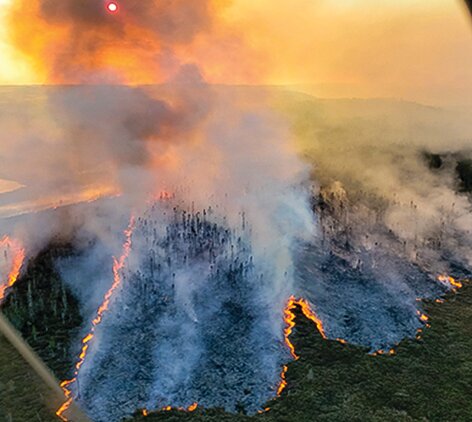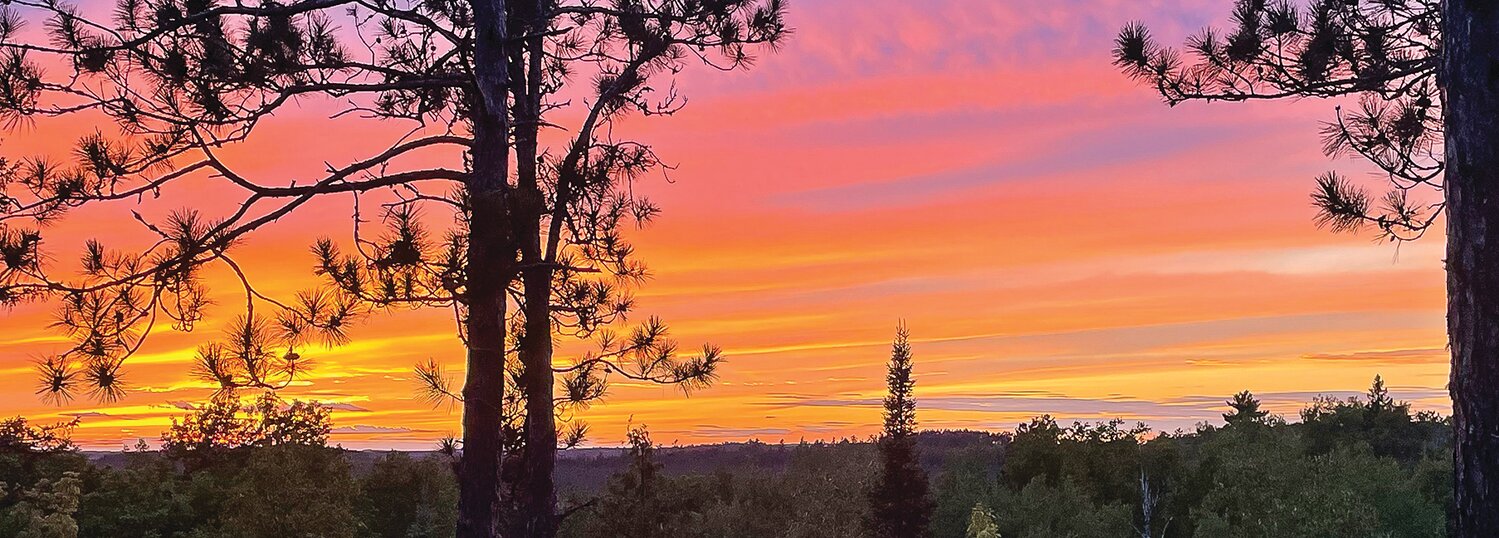Support the Timberjay by making a donation.
Joint effort working to improve moose habitat
U.S. Forest Service, DNR, Arrowhead counties, and tribes combining efforts to help state’s largest animal
REGIONAL— An unusual collaboration of land management partners has been working together for a decade now to enhance moose habitat in northeastern Minnesota. Over the past ten years, the …
This item is available in full to subscribers.
Attention subscribers
To continue reading, you will need to either log in to your subscriber account, below, or purchase a new subscription.
Please log in to continue |
Joint effort working to improve moose habitat
U.S. Forest Service, DNR, Arrowhead counties, and tribes combining efforts to help state’s largest animal
REGIONAL— An unusual collaboration of land management partners has been working together for a decade now to enhance moose habitat in northeastern Minnesota. Over the past ten years, the Minnesota Moose Collaborative has implemented dozens of forest management projects designed, in part, to help bolster the region’s moose population.
Funding for much of the work comes from the state’s Outdoor Heritage Fund as well as the Lessard-Sams Outdoor Heritage Council.
“Moose rely on young vegetation to fuel their large bodies,” according to the U.S. Forest Service, which issued a press statement late last week about the moose collaboration. “Historically, large-scale wildfire, and later, widespread timber harvest, provided good habitat and browse conditions for moose across northeastern Minnesota. However, without consistent, large-scale natural disturbance on the landscape from wildfire and wind events, wildlife managers use vegetation management techniques like timber harvest to mimic these disturbances for moose habitat creation.”
Partners working as part of the collaboration include the Forest Service, the Minnesota DNR, St. Louis, Lake, and Cook counties, the 1854 Treaty Authority, as well as the Fond du Lac and Grand Portage bands.
Partners within the collaborative have been coordinating timber harvest and prescribed fires across land management boundaries to try to obtain the large amounts of disturbance that moose prefer. Land managers use a variety of methods to create improved habitat for moose, and to prepare areas for regeneration to reduce competition from brush and undesirable tree species.
Prescribed fire within well-defined boundaries can be used to reduce fuel hazards, as a resource management treatment, or both. Burn intensity varies throughout the treatment unit depending on vegetation, fuels, and topography. These burns create new, young stands while unburned or lightly burned areas within the unit can provide a matrix of habitat. Future maintenance burns may be necessary to meet project objectives.
“The boreal forest landscape is fire dependent, and moose are an integral part of that relationship,” says Mike Schrage, a wildlife biologist who works for the Fond du Lac band. “Large fires or other kinds of disturbance in patches of 1,000 to 100,000 acres create the kind of young forests moose need to provide them with abundant, high-quality browse. Fire not only can provide good browse conditions for moose but can help in reducing moose parasites as well.”
While forest managers can’t use large fires as a management tool everywhere on the landscape, timber harvest and other kinds of vegetation management can be used to replicate the same kinds of young forest patches moose need. “In northeast Minnesota we have seen moose respond very positively to conditions created by large fires such as the 2005 Trout Lake prescribed burn and the 2011 Pagami Creek wildfire,” said Schrage. “In other areas, moose continue to do well where ongoing timber harvest and other kinds of vegetation management provide good habitat conditions for them.”
According to Forest Service officials, the coordinated efforts to enhance moose habitat will continue even as the future of the moose in the region is made increasingly uncertain by climate change. “We all want moose to thrive across this landscape for many reasons, so our work will continue,” according to the Forest Service statement.









